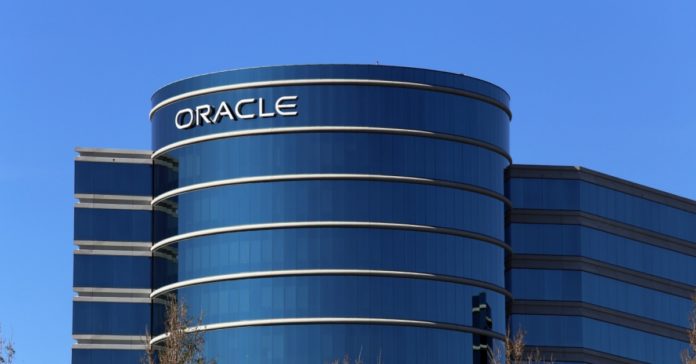[ad_1]
Rival IT giants IBM and Oracle are working to make their blockchains communicate with each other.
The groundbreaking interoperability work is happening on blockchains built using Fabric, Oracle developers said at last week’s Hyperledger Global Forum in Phoenix, Ariz.
Mark Rakhmilevich, Oracle’s senior director of blockchain product management, said the Fabric interoperability initiative began just before the first Hyperledger Global Forum in Basel, Switzerland, at the end of 2018.
“We have done full testing with IBM and SAP. The three of us have basically done cross-network testing on Fabric,” Rakhmilevich said in an interview. “So if somebody comes and says they want to run a network on Oracle but have some members whose preference is to be on IBM, we can show them the process which is tested and certified.”
To some extent, this is about making blockchain nodes run on both IBM and Oracle’s clouds. But it also opens the door to connecting the consortia of firms clustered on the two platforms.
The technical aspects include ironing out the exchange of information across networks in a format the other side can digest. “The long-term goal should be to create a simple user interface that you can click into and set up. But for now we tested manually going through and connecting,” said Rakhmilevich.
The shipping example
Enterprise blockchain is a team sport, as is often heard among the distributed ledger technology (DLT) set. However, groups of companies are often aligned with particular platforms even when, in some cases, they are addressing the same use case (shipping container tracking, for instance) and using the same underlying open-source blockchain (such as Fabric).
A good example is Oracle Blockchain and CargoSmart’s Global Shipping Business Network (GSBN) consortium, which includes shipping carriers like CMA CGM, COSCO Shipping Lines and Hapag-Lloyd, and uses Fabric.
Meanwhile, IBM and Maersk launched TradeLens in 2018, which also counts CMA CGM and Hapag-Lloyd as members as well as MSC Mediterranean Shipping Company and Ocean Network Express, and runs on the Fabric-based IBM Blockchain Platform.
Both consortia also include a range of shipping ports around the world, as well as freight forwarding companies and the like, meaning any step towards harmonizing these projects has potentially enormous value to the participating industry players.
Building consortia is a tough job and it’s not surprising tech vendors want to guard the big names on their platforms. To make the process more agile, Rakhmilevich recommends starting with “code first,” while the heavy lifting of establishing a formal consortium can be done in parallel.
“Creating the consortium framework is going to take a lot of time, so let’s go and start building this while the lawyers are talking, something people can run without having this formal consortium,” he said.
The blockchain teams at IBM, Oracle and SAP, who all know each other, are perhaps more sanguine about creating a harmony between firms participating on different deployments of Fabric. The decision-makers on the business side might see things differently.
“Large IT firms have this history of competition, but it makes sense at technical levels to cooperate, whether it’s formal standards or informal things,” said Rakhmilevich. “Particularly when talking about blockchain, which is an ecosystem play, that’s going to involve multiple parties, so you have to make sure that you can support it across multiple clouds and multiple vendors. You still compete in the field, we will do that every day.”
Disclosure Read More
The leader in blockchain news, CoinDesk is a media outlet that strives for the highest journalistic standards and abides by a strict set of editorial policies. CoinDesk is an independent operating subsidiary of Digital Currency Group, which invests in cryptocurrencies and blockchain startups.
[ad_2]










